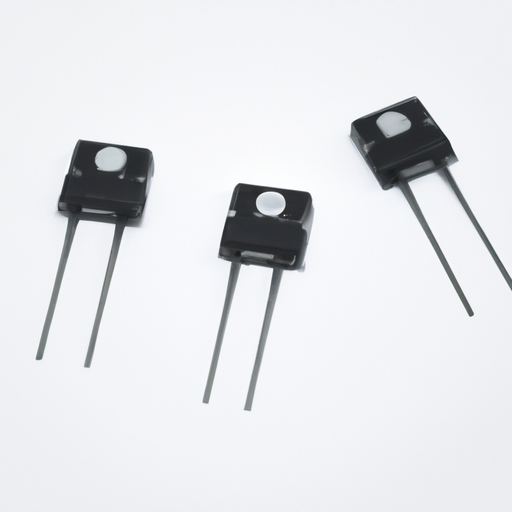Core Functional Technology of Photodiodes
| 1. Basic Principle | |
| 2. Types of Photodiodes | |
| 3. Key Parameters | |
| 1. Optical Communication | |
| 2. Medical Devices | |
| 3. Consumer Electronics | |
| 4. Industrial Automation | |
| 5. Environmental Monitoring | |
| 6. Scientific Research |
Application Development Cases
Conclusion
Photodiodes are versatile and essential components in modern technology, enabling the conversion of light into electrical signals across a wide range of applications. Their functionality and adaptability make them critical in fields such as communication, medicine, consumer electronics, industrial automation, environmental monitoring, and scientific research. Understanding their core technologies and application cases can inspire innovative solutions that leverage their capabilities for various technological advancements.






